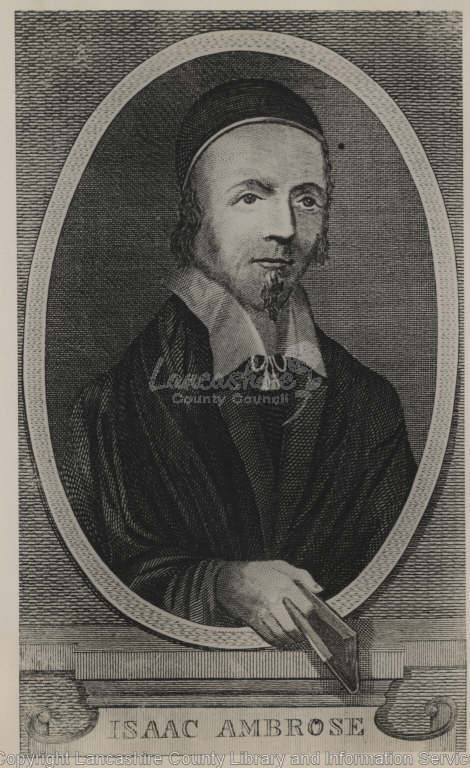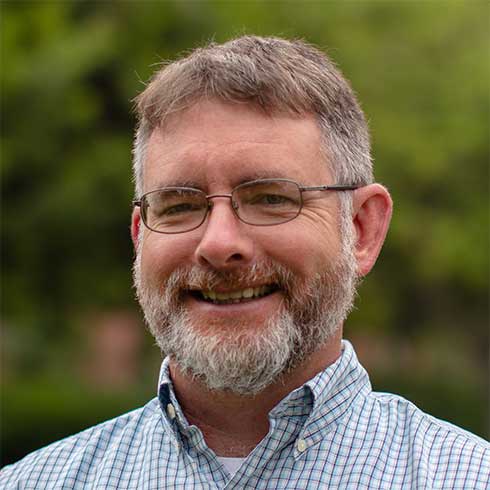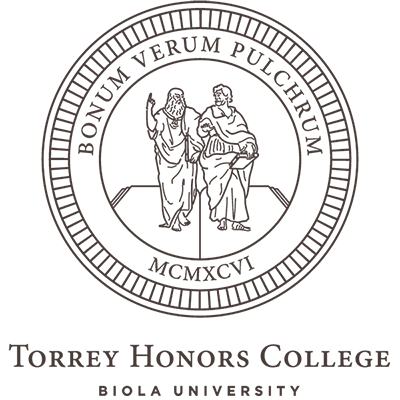A scene from the Leben der heiligen Altväter (1482)
Wesley’s Christian Library Vol 7
Vol 7 Contents
- Extracts from the Works of Thomas Goodwin, D.D
- The Return of Prayers
- The Trial of a Christian’s Growth
- Extracts from the Works of William Dell
- Christ’s Spirit, A Christian’s Strength
- The Building, Beauty, Teaching, And Establishment of the Truly Christian Church
- The Stumbling-Stone
- Extracts from the Works of Thomas Manton, D. D
- The Life of Dr. Thomas Manton
- Sermons on Several Subjects
- Extracts from the Works of Isaac Ambrose
- The Life of Mr. Isaac Ambrose
- The Doctrine of Regeneration
- The Doctrine of Regeneration Further Explained
- Directions to a Man in the Act of the New Birth
Description & Discussion
Extracts from the Works of Thomas Goodwin, D.D. Goodwin’s extracts were introduced in Vol 6.

Thomas Goodwin, The Return of Prayers: here. A Treatise, Wherein this Case, (how to Discerne Gods Answer to Our Prayers) is Briefly Resolved : with Other Observations Upon Psalm 85.8 Concerning Gods Speaking Peace, Etc
Thomas Goodwin, The Trial of a Christian’s Growth in mortification, purging out corruption, or vivification, bringing forth more fruit a treatise handling this case, how to discerne our growth in grace : affording some helps rightly to judge thereof by resolving some tentations, clearing some mistakes, answering some questions, about spiritual growth : together with other observations upon the Parable of the vine, John 15. 1, 2 verses (London : J.G. for R. Dawlman, 1650). “How to discerne our growth in grace” marks an obvious point of convergence between Wesley’s interests and the experiential spirituality of the Goodwin type of Puritan.

Extracts from the Works of William Dell. (c.1607-1669) PRDL here. A surprisingly radical character for Wesley to have included. Master of Gonville and Caius (Cambridge), radical parliamentarian, chaplain of the New Model Army, friend of Baptists like Bunyan but apparently against water baptism altogether. Christopher Hill’s The World Turned Upside Down has several alarming quotes from Dell. Dell rants, levels, and enthuses, but I don’t know his biography well enough to know if he is a ranter, leveler, or enthusiast. Why did Wesley value Dell’s witness to practical divinity, selecting precisely these texts? Perhaps Dell emphasizes the spiritual and internal character of grace, and Wesley was willing to risk associating his own project with anti-institutionalism in order to make that point clear.
William Dell, Christ’s Spirit, A Christian’s Strength: here. Seems promising.
William Dell, The Building, Beauty, Teaching, And Establishment of the Truly Christian Church:
William Dell, The Stumbling-Stone: “Not only the carnal Christians, but the carnal clergy are offended at Christ ; and not only the common people of the national church, but many of the chief rulers, of the most eminent, and in appearance most holy and orthodox of the clergy, are above all others grievously offended at Christ.”

Extracts from the Works of Thomas Manton (1620-1677) (PRDL) Most famous for preaching 190 sermons on Psalm 119 (published in three volumes of his 22-volume Works), Manton was a powerful expositor. He upheld a clear confession of salvation by grace alone through faith alone while also emphasizing the way redeemed lives are stamped by the impression of God’s holy law.
The Life of Dr. Thomas Manton
Thomas Manton, Sermons on Several Subjects. This 1678 edition includes a fiery preface by W. Bates; this is William Bates (1625–1699) who preached Manton’s funeral sermon. Wesley includes the preface but without identifying the author. Bates aptly characterizes the purpose of Manton’s preaching as seeking
to represent the inseparable connexion between Christian duties and privileges, .wherein the essence of our religion consists. The gospel is not a naked unconditional offer of pardon and eternal life in favour of sinners, but upon most convenient terms,: for the glory of God and the good of men, and enforced by the strongest obligations upon them. The promises are attended with commands to repent, believe, and persevere in the uniform practice of obedience. (7:166)
The 1870 edition of the works also features a warm commendation of Manton by J.C. Ryle (1816-1900).

What Wesley calls “Sermons on Several Subjects” was originally just “Sermons Preached…” in 1678, and “Twenty Sermons” on various texts when collected in the Works. Wesley has selected the first 9 of 20, for no evident thematic reason. These sermons cover 144 pages in ACL, and are on Ps 32:1-2 (twice); Acts 3:26; 2 Pet 1:4; Mark 9:49; 2 Thess 3:5; Eph 1:8; Matt 27:46. All are vintage Manton. The two sermons on Psalm 32 treat the blessing of forgiveness from two angles; the Eph 1:8 sermon is strikingly well balanced.
Say more.

Extracts from the Works of Isaac Ambrose (1604-1664) PRDL Ambrose is most famous for Looking Unto Jesus (see volume 8), but here Wesley begins his extracts by giving us a trio of writings on regeneration. All three belong the “Prima” part of Ambrose’s complex three-book project Prima, Media, & Ultima: The First, Middle, and Last Things. In some ways, Wesley’s deployment of this material tracks with the author’s intentions: As a stand-alone volume, Prima‘s original 1640 subtitle was The First Things or Regeneration Sermons. Sermons on regeneration is an apt description of how Wesley introduces Ambrose’s writings. Wesley lifts three sections on regeneration out of Prima deftly, in such a way that the uninformed reader would not be able to recognize that they are fragments taken from a larger, three-book design.
Furthermore Prima, in some of its later published forms, had the involved sub-title The First Things, In Reference to The Middle and Last Things; or, the Doctrine of Regeneration, the New Birth, the Very Beginning of a Godly Life. This subtitle clarifies the design of the eventual three-book project, since it shows that by “First Things” Ambrose is not thinking of metaphysics or cosmology but of soteriology. He treats regeneration as the primal origin of the Christian life, and then relates it to progressive sanctification (media) and heaven (ultima). Though Ambrose is Reformed, the architectonic of his project is obviously (though perhaps ironically) congenial for Wesleyanism. A spiritual writer more focused on Calvinist peculiarities would never have missed the chance to highlight election and predestination as the First Things in soteriology. But Ambrose’s particular style of Practical Divinity takes its rise in the miracle of new birth. (Volume 8 will feature more of Ambrose’s Prima, Media, & Ultima, as Wesley turns to sanctification in Ambrose.)
The Life of Mr. Isaac Ambrose
Isaac Ambrose, The Doctrine of Regeneration: A sermon on John 3:3.
Isaac Ambrose, The Doctrine of Regeneration Further Explained:
Isaac Ambrose, Directions to a Man in the Act of the New Birth:

From the title page of Isaac Ambrose’s Prima, Media, & Ultima, which came out originally as separate books in 1640 (Prima and Ultima) and 1650 (Media), but were subsequently joined in one volume. See Tom Schwanda, “Soul Recreation: Spiritual Marriage and Ravishment in the Contemplative-Mystical Piety of Isaac Ambrose” Durham theses, Durham University, 2009 (Available at
Durham E-Theses Online), 38-40
Outline of Prima:

 Fred Sanders
Fred Sanders

